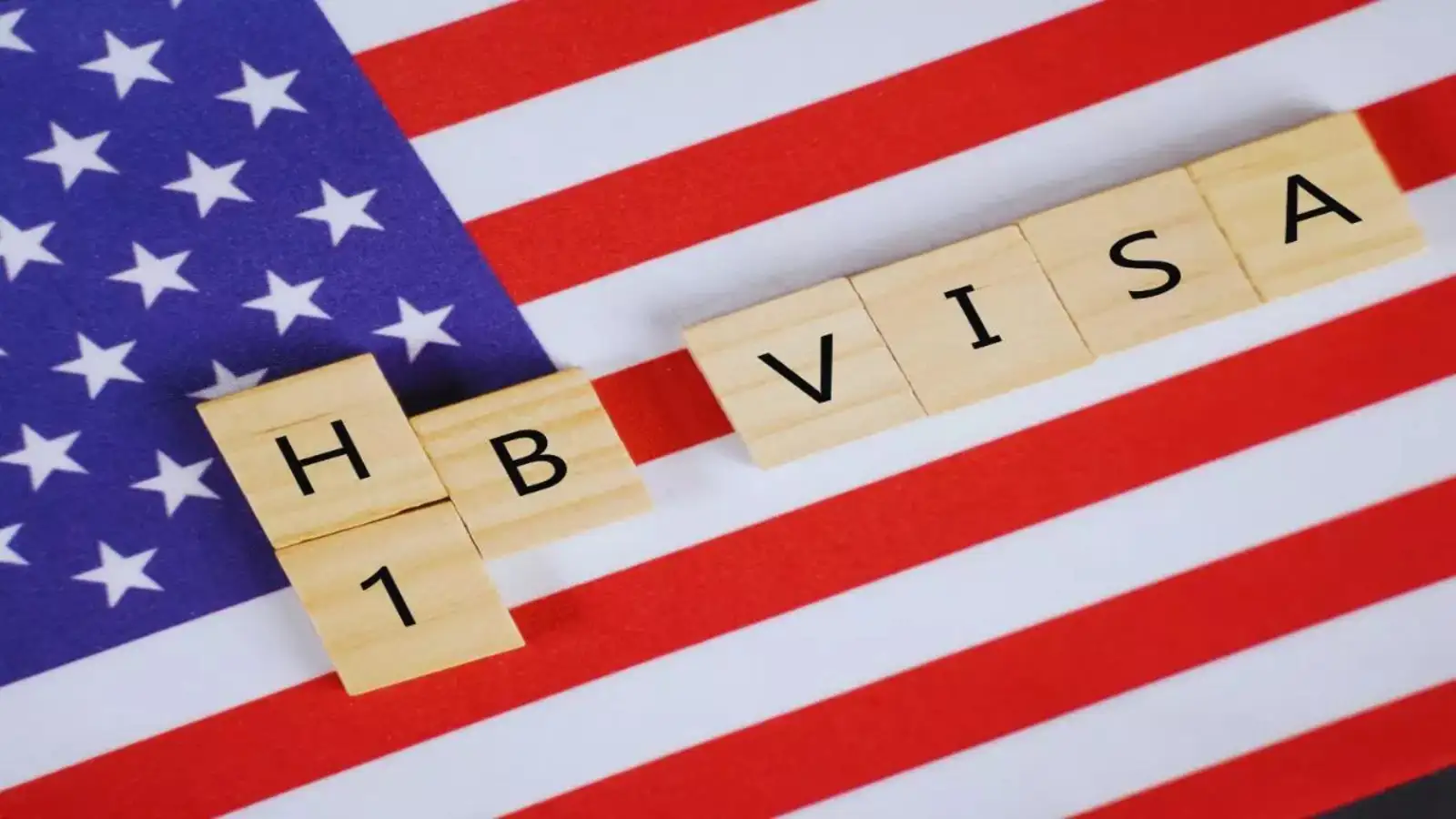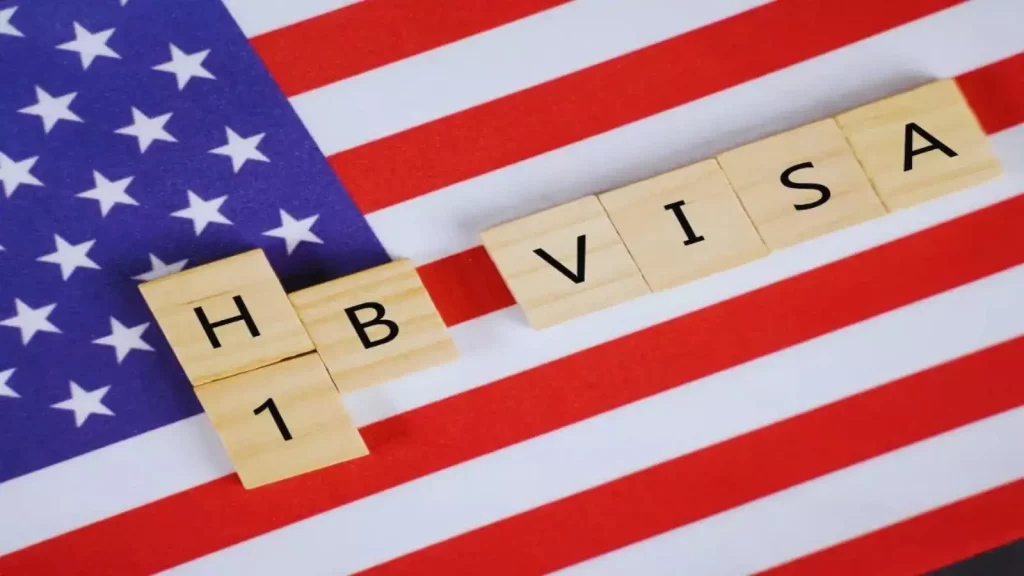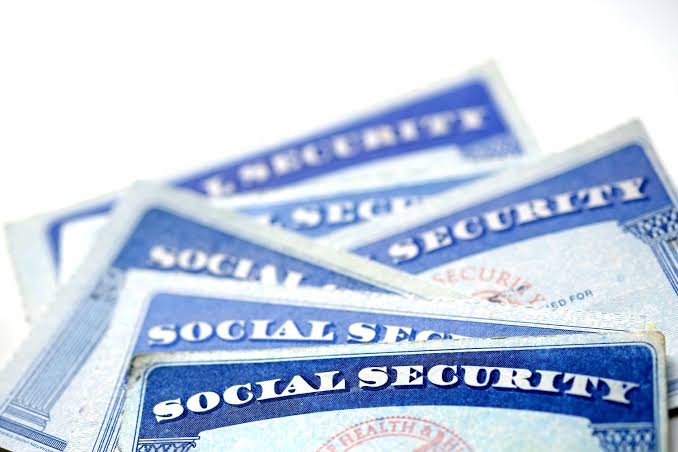If you’re planning to work in the U.S. on an H-1B visa in 2025—or hire someone who is—you’re in for some big surprises. The U.S. government just rolled out the most dramatic changes to the H-1B visa program in over a decade, and it’s going to impact how skilled foreign workers get jobs in America.
Gone are the days of companies flooding the lottery system with multiple applications for the same worker. This year, a new set of rules is rewriting the playbook—reducing fraud, promoting fairness, and making the process more competitive than ever. Whether you’re a software engineer from India or a small business looking to sponsor your first international employee, here’s everything you need to know.
What Is the H-1B Visa, and Why Is It So Important?
The H-1B visa is one of the most sought-after legal pathways to work in the United States. It’s specifically designed for skilled foreign workers in “specialty occupations” like technology, finance, medicine, science, and engineering. U.S. employers use it to fill roles when they can’t find qualified Americans.
Each year, only 85,000 H-1B visas are issued—65,000 under the regular cap, and 20,000 for individuals with advanced degrees from U.S. institutions. Demand is always higher than supply, which is why USCIS runs a lottery system every March to select who gets to apply.
But in 2025, that system just got a major overhaul.
What’s New in 2025?
1. No More Duplicate Lottery Entries
Until now, companies could submit multiple applications for the same worker, stacking the odds in their favor. Starting this year, each worker can only be entered into the lottery once, regardless of how many companies want to sponsor them. This “beneficiary-centric” system is designed to eliminate abuse and level the playing field.
So if five different companies try to sponsor the same person, that worker will still only get one lottery entry.
This change particularly benefits small businesses and new applicants who were often edged out by larger firms gaming the system.
2. More Proof Required to Show Job Is Legit
To prevent misuse, the U.S. is cracking down on vague or inflated job offers. Employers now must prove:
-
There’s a real job that fits a specialty occupation
-
The employee will be doing work that requires a bachelor’s degree or higher
-
There’s a valid employer-employee relationship, especially for remote or contract work
If your company sends workers to third-party sites (like many IT staffing firms do), you’ll need contracts and documentation proving the work is real and supervised.
3. Fee Hikes Are Coming—But Not Yet
The H-1B registration fee, which is still just $10 in 2025, will skyrocket to $215 in 2026. For now, the low fee remains—but employers will face stricter paperwork and background checks starting this year. USCIS is asking for more information earlier in the process to spot fraud before it happens.
4. Longer Grace Period After Job Loss
If an H-1B worker gets laid off, they used to have only 60 days to find a new job or leave the country. Now, the grace period has been extended up to 180 days, giving foreign workers more breathing room to get back on their feet.
This is a big relief for tech workers who’ve faced mass layoffs and need time to secure new offers.

Who’s Still Eligible for the H-1B Visa?
You can apply for an H-1B if you:
-
Have at least a bachelor’s degree in a field related to the job
-
Will be working in a specialty occupation (like IT, engineering, or healthcare)
-
Are being sponsored by a U.S. employer
-
Are being paid the prevailing wage for your job in the region
If you earned a U.S. master’s degree, you still get an extra shot in the lottery, as there’s a separate advanced degree pool.
Employers also need to post a Labor Condition Application (LCA) with the Department of Labor, confirming that they’re offering fair wages and working conditions.
How the New Application Process Works
Here’s a step-by-step breakdown of how to apply in 2025:
-
Registration Window Opens (March): Employers submit an online registration for each worker.
-
Lottery Conducted (Late March): USCIS randomly selects registrations to move forward. Each worker only gets one shot, even if multiple employers submit for them.
-
Petition Filing (April–June): If selected, the sponsoring employer files a full H-1B petition with all documentation.
-
Approval and Visa Issuance (Summer/Fall): If USCIS approves the petition, the worker can apply for a visa and start working in the U.S. as early as October 1.
Make sure all your documentation is rock solid—especially under the new rules. USCIS is now screening more aggressively.
Why These Changes Matter
The 2025 reforms are meant to cut down on system abuse, make it harder for fake job offers to slip through, and give qualified workers a fairer chance at getting selected. For employers, it means cleaner rules and less competition from companies gaming the lottery. For foreign workers, it’s a more transparent—but more competitive—process.
What to Do Now
If you’re a foreign professional:
-
Start networking with potential employers now
-
Make sure your resume and education credentials are ready to go
-
Consider pursuing a U.S. master’s degree to increase your odds
If you’re a U.S. employer:
-
Consult an immigration attorney about the new documentation rules
-
Be prepared for a tighter, more scrutinized process
-
Don’t wait—start prepping your registrations early



